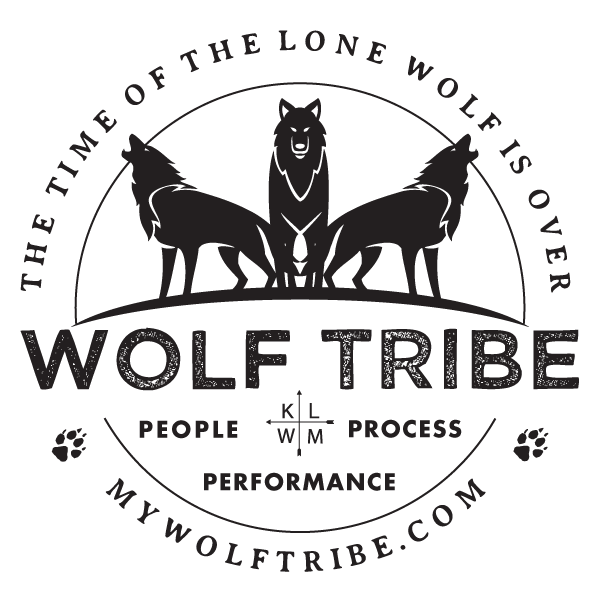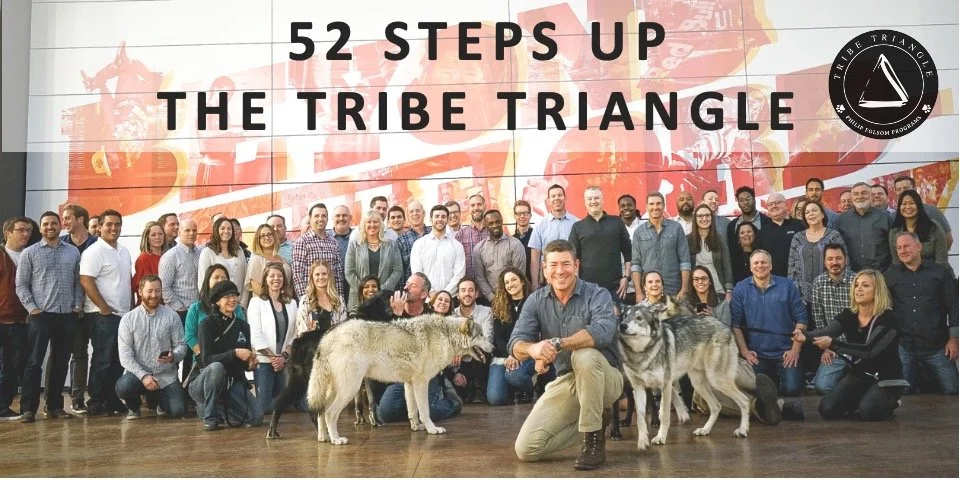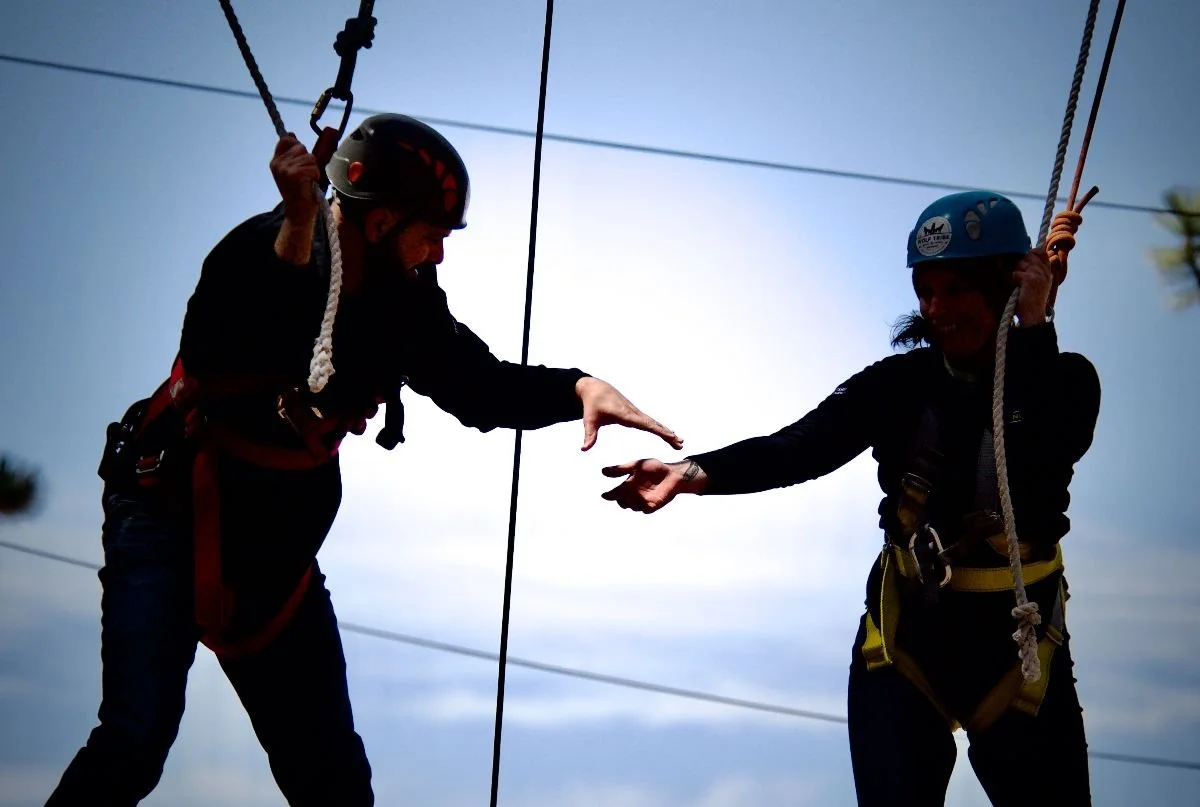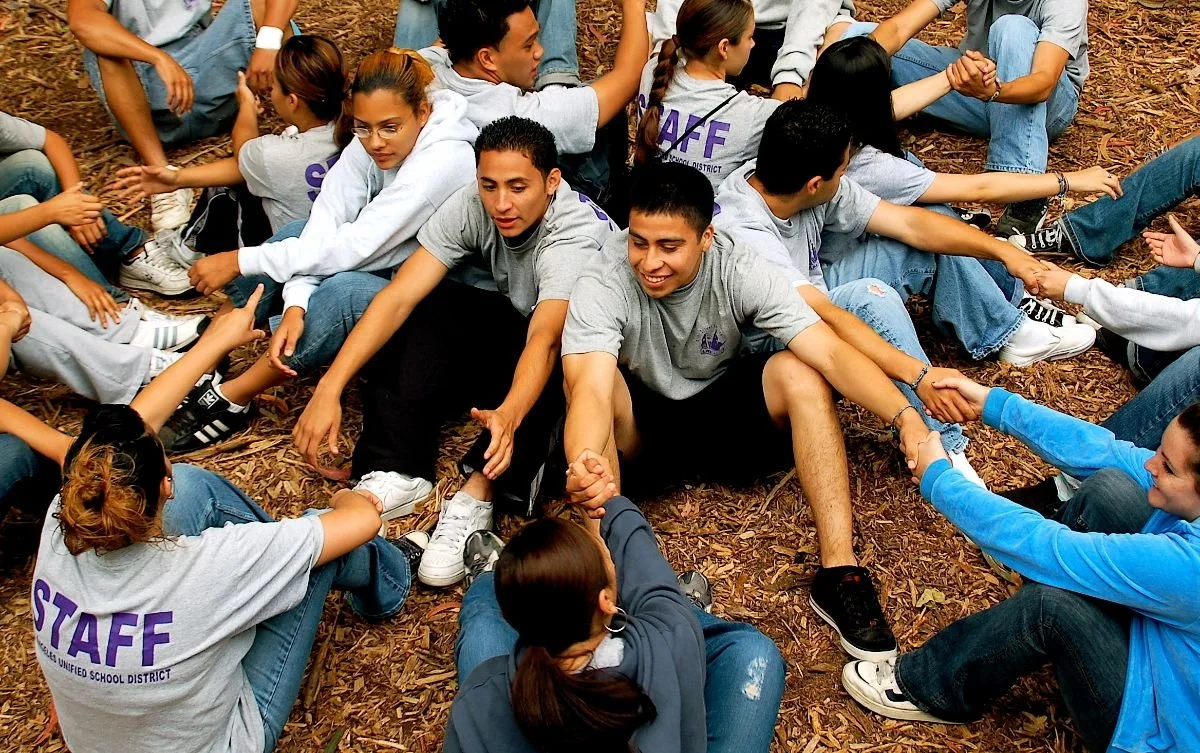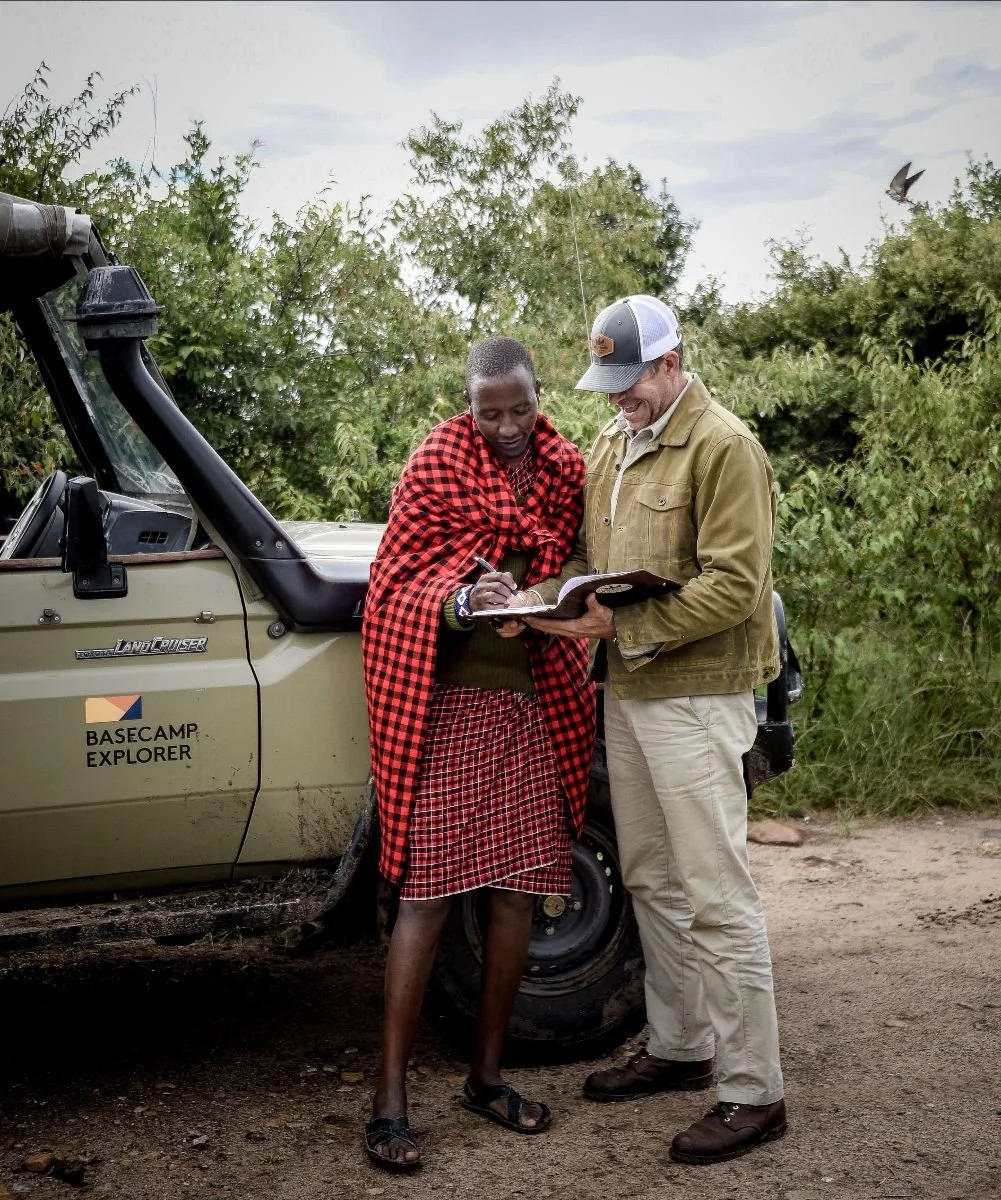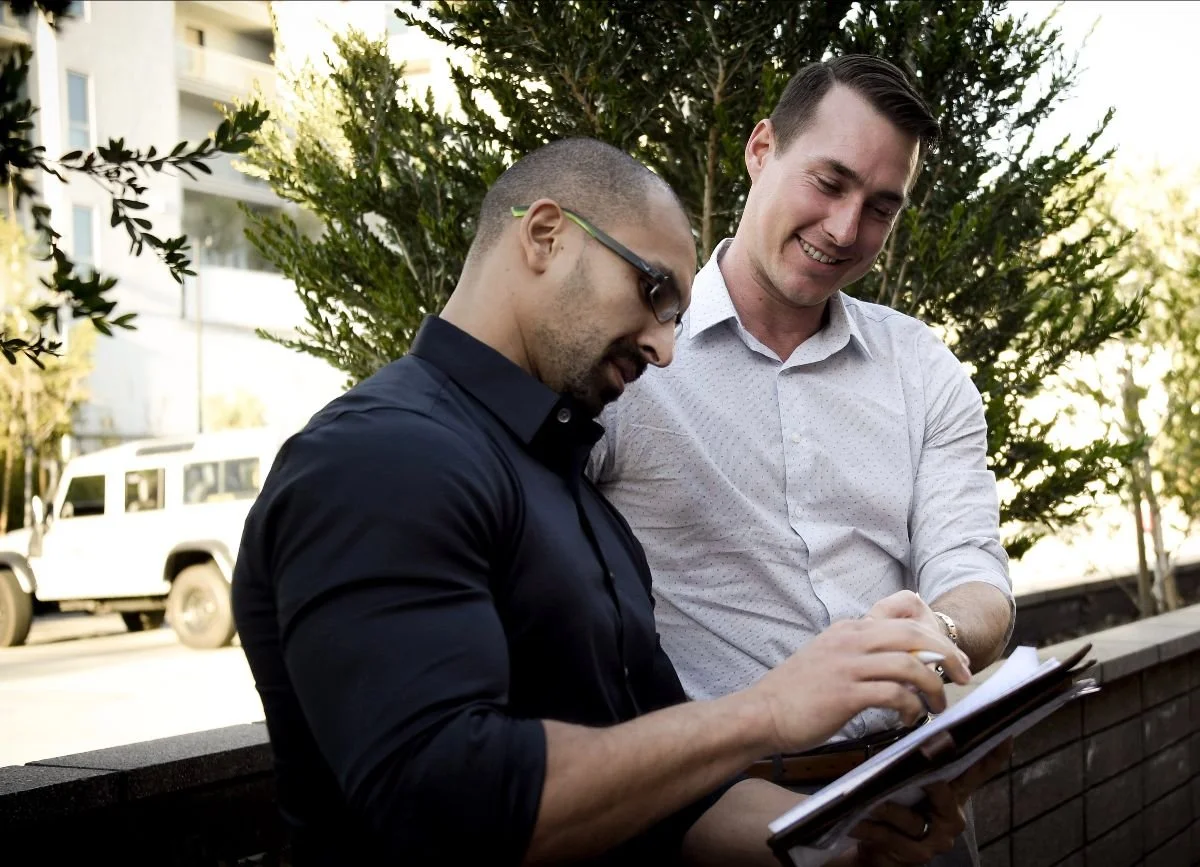Step 31 Up the Tribe Triangle: The Transformational Power of Asking for Help
“Our prime purpose in this life is to help others.”
-Dali Lama
Asking for help and giving it is the most powerful expression of collaboration. Like everything else in the Healthy Conflict phase of the Tribe Triangle, it is very simple and also very hard.
Authentically asking for help is truly fearful for most people, and, in a pride-based culture of individuals, this is often too risky to engage in. Asking for help in a society of lone wolves is a psychological and professional minefield. It opens the vulnerability door to judgement, shame, inadequacy and a whole host of factors behind the universal imposter syndrome experienced by almost every person today.
Trying to implement a culture of asking for help is a common and well-intentioned strategy for people who have never actually been in charge of people. Those of us who have managed many people and projects over the years realize that people say they would ask for help if they need it but rarely actually do in our culture.
Students almost never actually use professor’s office hours.
Employees rarely use a manager’s ‘open door’ policies.
There are three primary strategies for making and maintaining a culture that can ask for help and give it. They are all valuable and well worth the return on investment because of the increased morale and sustainable performance that comes from this heightened level of collaboration.
The first strategy for creating an environment of mutual aid is to include it in your shared values. This is a no brainer but be aware that every value contains the cost of other values that are not in the top three. For example, when we establish and model asking for help and giving it we risk eroding the values of independence, autonomy and self-determination. This can be mitigated by the inclusion of more mission-oriented values as well as reinforcing your shared vision which is inherently task oriented. Be very intentional in the choices of your tribe values for they dictate your destiny.
The second strategy also comes from reflecting back on your culture alignment foundation and doubling down on your mission transparency. When you model sharing the personal and shared challenges of your mission, you are laying the groundwork for asking for help because it engages collaboration. Collaboration is the bedrock of asking for help and giving it.
Increased collaboration also activates reciprocity which is the engine of kinship and all aspects of the Kinship level of the Tribe Triangle contribute to the trust and safety required for your people to ask for help and give it.
The third strategy of getting people to ask for help is to get them to give help first before asking for it.
Even in honor-based cultures asking for help is challenging and the military has a battle-tested strategy to overcome this. When I was in the army, we were taught that our duty was to look after the other 10 men in our platoon before ourselves. This seems counter-intuitive but it meant that there were 10 other soldiers looking after each one of us. This strategy acknowledged the fact that people will not generally ask for help and if the cultural norm was to give help it automatically addressed this. I have personally seen this work in many organizations over my career.
Create a culture where people reach in because they may never reach out.
We can see all these strategies in action in the ancient ritual of the communal barn raising. This is an example of a significant and meaningful project that no one person could ever accomplish alone. If you and your family or work team are truly pursuing your shared, aspirational vision, you will be facing this scale of challenge. Take note, Tribe Leader, we cannot hunt big game alone.
Barn raising was a common practice in rural America throughout the last two hundred years when the barn was a central but costly pillar of the farming community. Raising a barn required more labor than any one family could muster and it became an established norm (shared value) that the entire honor-based community would gather to conduct the heavy lift of establishing the structure.
This process included the entire shared mission sequence of the Alignment phase of the Tribe Triangle. Transparency was required by sharing the need and logistics of the event. Collaboration of the community was the result, and reciprocity was activated by returning the favor when it was time for your neighbor’s barn needed building. All of these success drivers of alignment powered kinship and sustainable success for the entire community. What barns in your family or organization need raising?
There is one more vital aspect of asking for help and giving it; it feels good to give help to people. It makes the giver feel valuable, powerful and important.
On Christmas, almost everyone enjoys watching other people open presents that they are giving them more than opening presents themselves. There is ancient human altruism and honor in this small, modern moment. By letting your team help you, you are not only benefiting from their assistance but also modeling this central norm of high-performing teams. Celebrate the assists as much as the score.
“Refusing to ask for help when you need it
is refusing someone the chance to be helpful.”
-Ric Ocasek
Click here to watch the video of Step 31: How To Get Your People To Ask For Help
Leaders Must Write and Speak
Answer these questions in your journal by really writing them down. Discuss them with at least one of your most important people and really listen to their response.
When was the last time you genuinely needed help in your family or work team? Did you ask for help?
Has there been a time that your people have failed at a project because they didn’t ask for help?
What was the cause of this and how can you upgrade your culture to create more assistance sharing?
Values
Transparency on needs and communication
Giving help first
Ubuntu,
Philip Folsom
